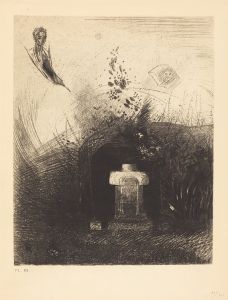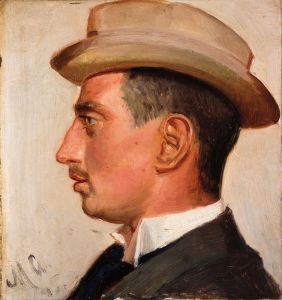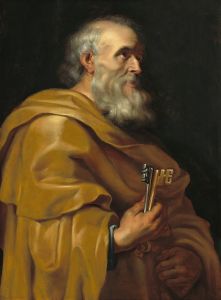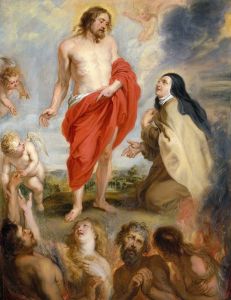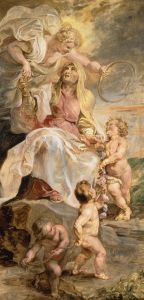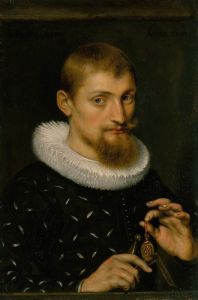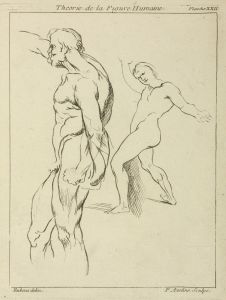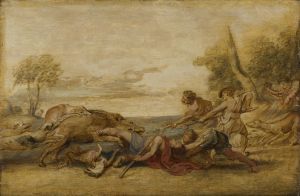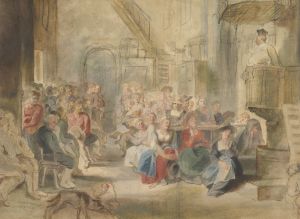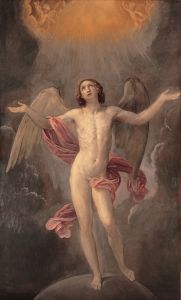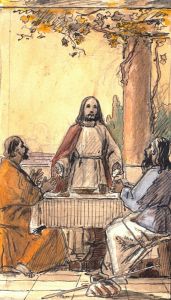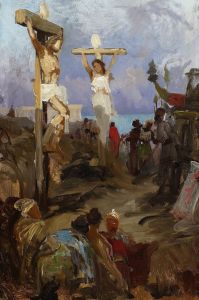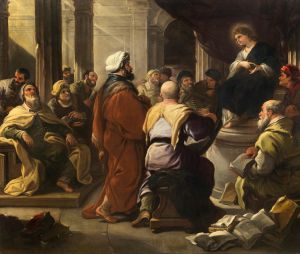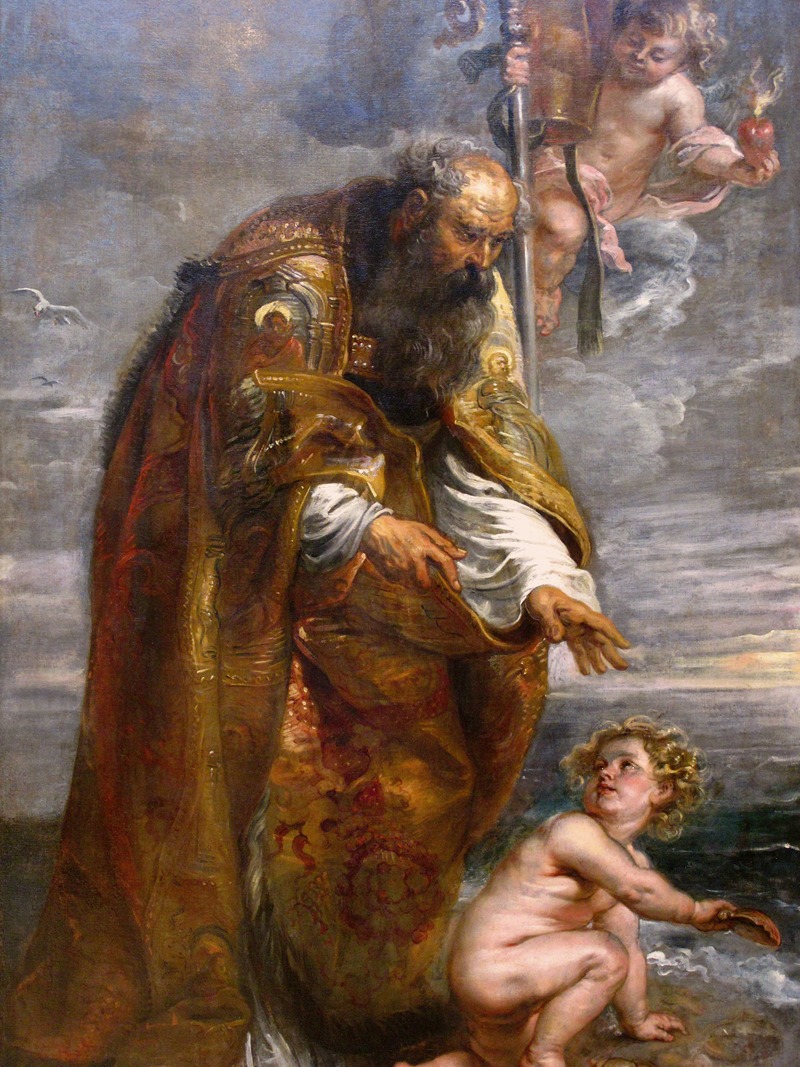
Saint Augustine
A hand-painted replica of Peter Paul Rubens’s masterpiece Saint Augustine, meticulously crafted by professional artists to capture the true essence of the original. Each piece is created with museum-quality canvas and rare mineral pigments, carefully painted by experienced artists with delicate brushstrokes and rich, layered colors to perfectly recreate the texture of the original artwork. Unlike machine-printed reproductions, this hand-painted version brings the painting to life, infused with the artist’s emotions and skill in every stroke. Whether for personal collection or home decoration, it instantly elevates the artistic atmosphere of any space.
Peter Paul Rubens, a prominent Flemish Baroque painter, is renowned for his dynamic compositions, vibrant color palette, and grandiose style. Among his extensive oeuvre, Rubens created a painting depicting Saint Augustine, one of the most influential theologians and philosophers in the history of Christianity. While specific details about the painting "Saint Augustine" by Rubens are not extensively documented, the work is consistent with Rubens' style and thematic interests.
Saint Augustine of Hippo, born in 354 AD, was a significant figure in the development of Western Christianity and philosophy. His writings, including "Confessions" and "The City of God," have had a profound impact on Christian theology. Augustine's thoughts on grace, free will, and original sin have been pivotal in shaping Christian doctrine. Rubens, known for his religious and historical paintings, often depicted such influential figures, capturing their spiritual and intellectual essence.
In Rubens' portrayal of Saint Augustine, the artist likely emphasized the saint's role as a thinker and theologian. Rubens' ability to convey complex theological concepts through visual art is evident in his use of expressive gestures, dramatic lighting, and rich textures. These elements would have been employed to highlight Augustine's introspective nature and his deep connection with divine wisdom.
Rubens' depiction of religious figures often involved a blend of realism and idealism, capturing both the humanity and the spiritual significance of his subjects. In portraying Saint Augustine, Rubens would have drawn on his extensive knowledge of classical and Christian iconography, possibly incorporating symbols associated with the saint, such as a book or a heart, representing Augustine's intellectual pursuits and his famous conversion experience.
The painting of Saint Augustine by Rubens would have been created during a period when the Catholic Church was commissioning artworks to inspire faith and devotion among believers. Rubens, a devout Catholic himself, was deeply involved in the Counter-Reformation efforts, using his art to convey religious themes and messages. His works were intended to evoke emotional responses and facilitate a deeper understanding of spiritual truths.
Rubens' mastery in depicting fabric, flesh, and emotion would have been evident in this painting, as he sought to bring the viewer into a contemplative engagement with the saint's life and teachings. The use of light and shadow, a hallmark of Baroque art, would have added a dramatic effect, drawing attention to Augustine's face and hands, possibly engaged in writing or prayer.
While specific details about the painting "Saint Augustine" by Rubens are limited, the artist's broader body of work provides insight into how he might have approached such a subject. Rubens' paintings are celebrated for their ability to communicate complex narratives and emotions, making his depiction of Saint Augustine a likely testament to the saint's enduring influence on Christian thought and the power of art to convey theological ideas.
In summary, while detailed information about Rubens' "Saint Augustine" is scarce, the painting would have exemplified the artist's skill in capturing the spiritual and intellectual depth of one of Christianity's most important figures, reflecting both Rubens' artistic genius and his commitment to religious expression.





